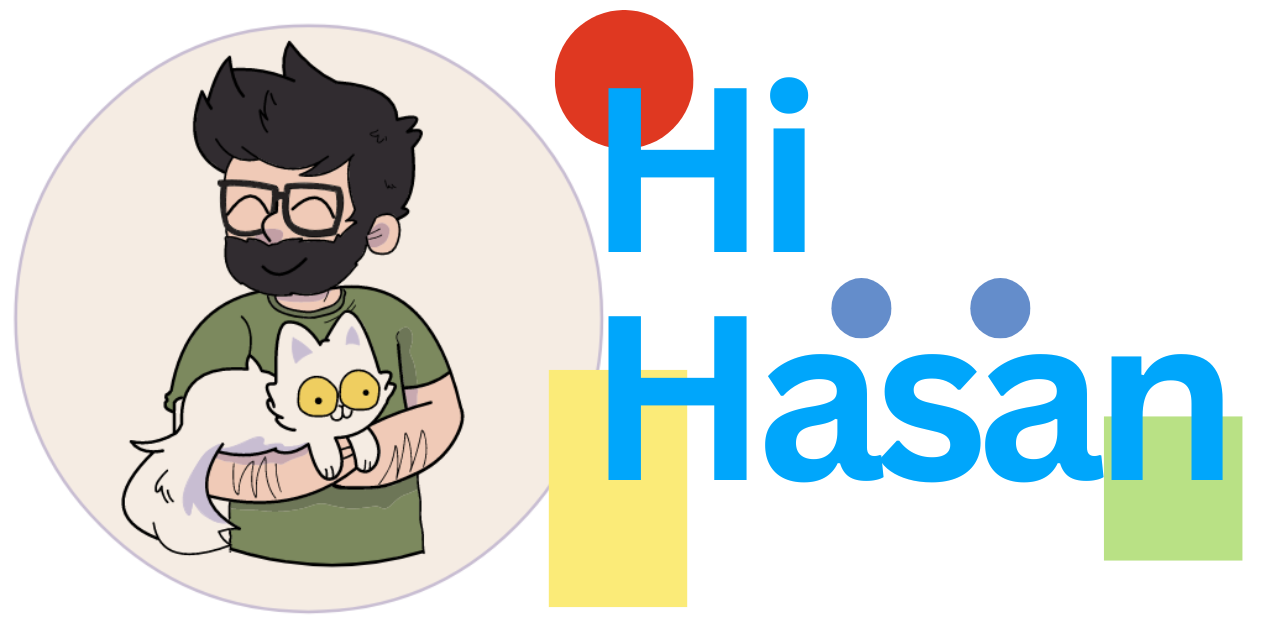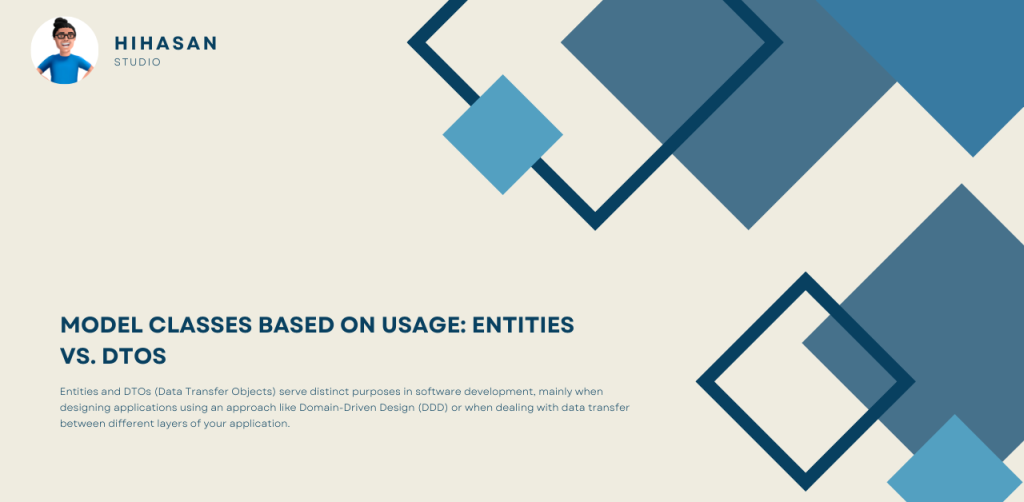In addition to the built-in class types in Kotlin, some specific types have become standard practice for representing different aspects of data in software development. Two prominent examples are Entities and DTOs (Data Transfer Objects):
1. Entities:
- Represent real-world entities and their relationships.
- Typically mapped to database tables or other data sources.
- Often contain additional logic and behavior related to the domain.
- Have IDs or other unique identifiers for data persistence.
- May not be suitable for direct exposure in APIs or network communication due to complexity or security concerns.
2. DTOs:
- Designed for efficient data transfer between different layers of an application.
- Usually simple and focused on specific data needs.
- May contain a subset of the data from an entity, or additional data needed for specific use cases.
- Often used for API responses, request bodies, or communication between services.
- Aim to be lightweight and optimized for serialization and deserialization.
Key Difference
| Feature | Entity | DTO |
|---|---|---|
| Purpose | Represent real-world entities and their relationships | Efficient data transfer |
| Complexity | Can be complex with domain logic and behavior | Simple and focused on specific data needs |
| Data Scope | May contain all data related to an entity | May contain a subset or additional data needed for specific use cases |
| Usage | Data persistence, domain logic | API responses/requests, service communication |
| Identification | Often have IDs or unique identifiers | Usually don’t have IDs |
| Performance | May be less performant due to complexity | Optimized for serialization and deserialization |
Imagine an “Order” entity representing an order placed in an online store. This entity might have various properties like order ID, customer information, list of ordered items, and total price. However, when sending this order data to a payment gateway, a DTO might only include the necessary information like customer ID, order ID, and total amount. This DTO is focused on efficient data transfer and doesn’t need the additional complexities of the whole entity. Using both Entities and DTOs effectively provides a clear separation of concerns and improves your code’s overall efficiency and maintainability.

